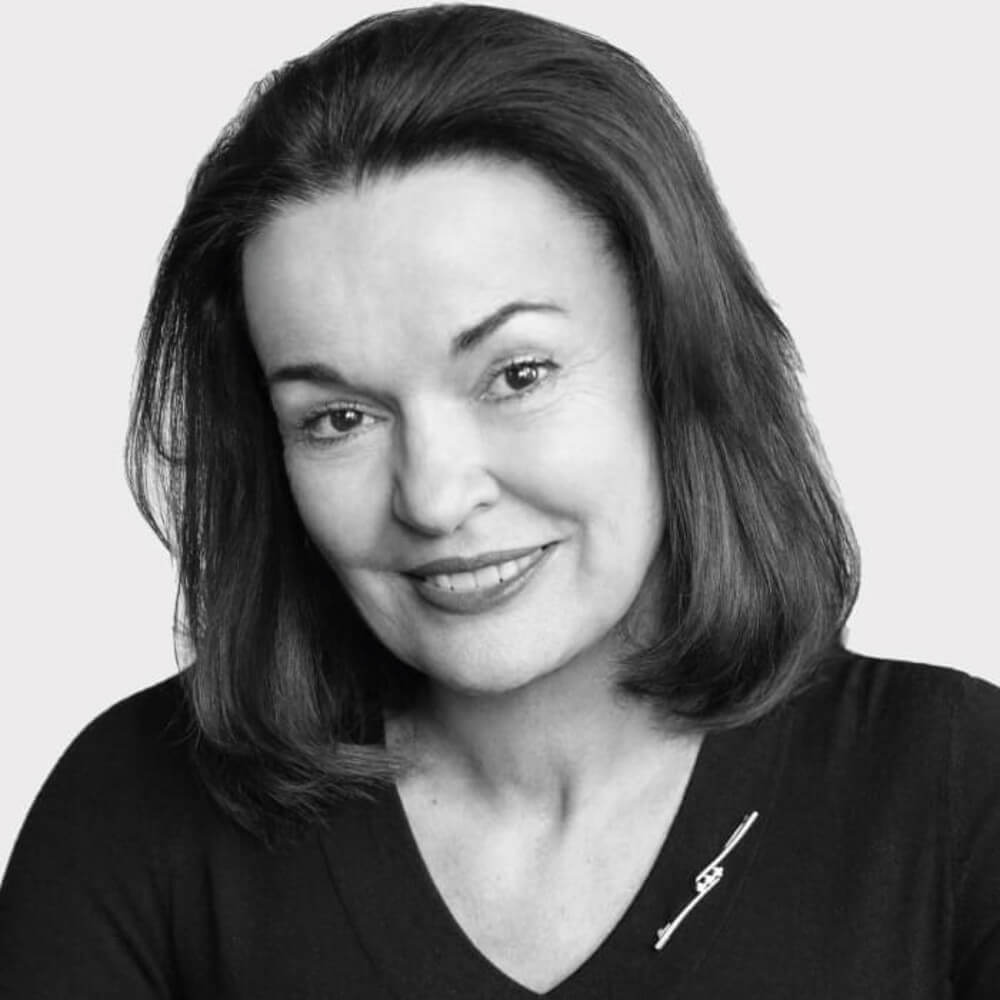Women have been disadvantaged in the sciences, with achievements overlooked, contributions buried, and awards withheld. Even today, only 30 percent of scientific researchers are female. Yet, many of the foundations on which modern science rests were laid by trailblazing women – think Rosalind Franklin’s contribution to the DNA story and Marie Curie’s (ultimately deadly) work.
The theme of this year’s International Women’s Day is “Choose to Challenge.” Fortunately, we are seeing a shift in the tides as more people make the right choices. We are challenging historical injustices (some historical women from the field are celebrated here). We are challenging a lack of representation. And we are challenging archaic systems and beliefs that convey advantages to some, but disadvantages to others.
We decided to contribute to the celebrations on March 8 by sharing words of wisdom from the women behind some of our most popular articles of the past 12 months. Enjoy!
Emma Wilson of the Royal Society of Chemistry wrote this great opinion piece on the need for gender equity in academic publishing, with a focus on her framework for change. As she says: “The framework, a tool for editorial decision-makers, is designed to drive progress on inclusion and diversity in terms of gender and beyond. What we need right now is action – and it seems other publishers agree. As a result, we’ve combined forces with 19 other organizations to act on inclusion and diversity in academic publishing.”
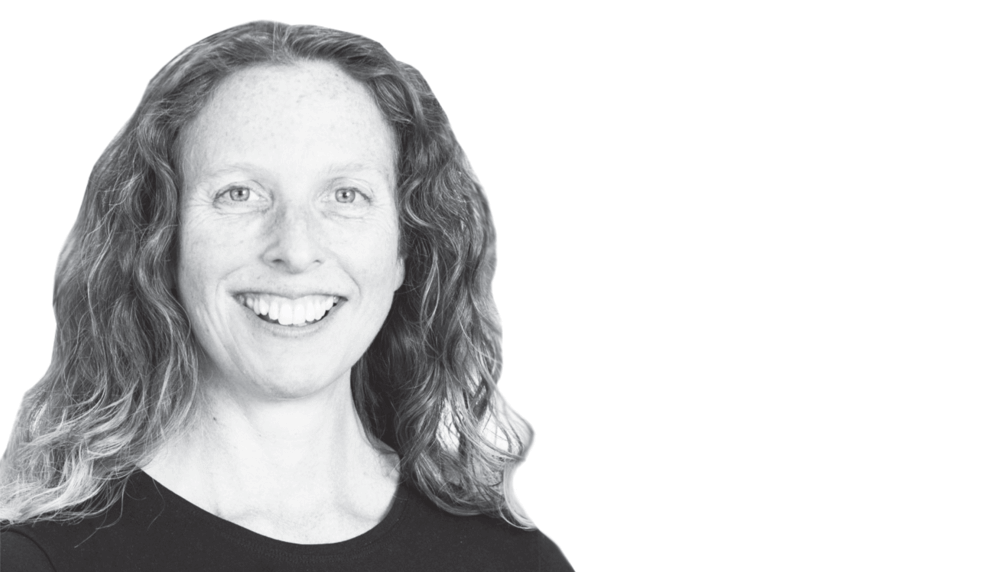
We interviewed Nadine (CEO of Global Biotech Experts and President of the California Separations Science Society) about her meteoric career in applied biotechnology last year. We also took the opportunity to ask her how the landscape for female scientists has changed since the 1970s – a change that she herself contributed to making.
“Women faced many difficulties in the early 1970s – particularly in funded academic research […] In the 1980s, a group of women from the NIH formed a professional society to combat the issue: The Association for Women in Science. I became actively involved during my college years in Houston. I soon found myself leading the Houston chapter, and later the chapter in Chicago. We focused on mentoring young women in science by helping them to obtain the information and skills needed to conduct their research. We also advised on how to deliver talks, organize meetings, and manage teams; many pioneering women scientists were involved in this effort, and I was fortunate to work alongside them and learn from them.”
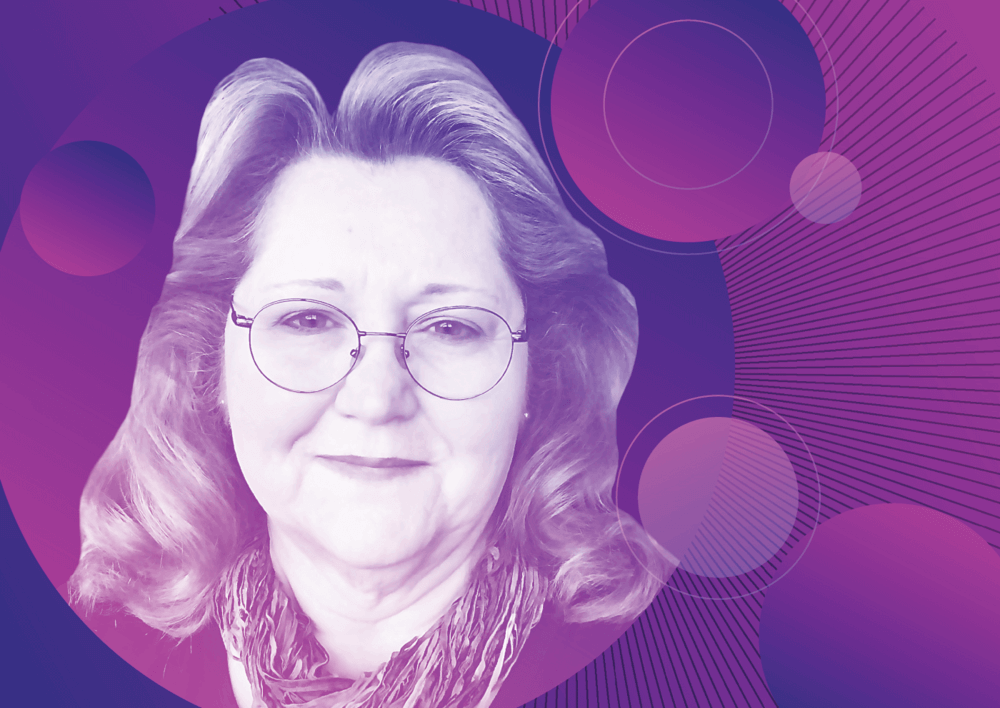
The three co-founders of the Coalition for Black Mass Spectrometrists – Candice Ulmer, Christina Jones, and Michelle Reid – led our 2020 feature on the need for true racial equity in analytical chemistry: “Holding a Mirror to Analytical Science.” The goals of their coalition? In their words: “To create a safe space to gauge the mental health of Black mass spectrometrists during this period of uncertainty,” and “To create a space to foster professional development opportunities and, more importantly, career opportunities.”
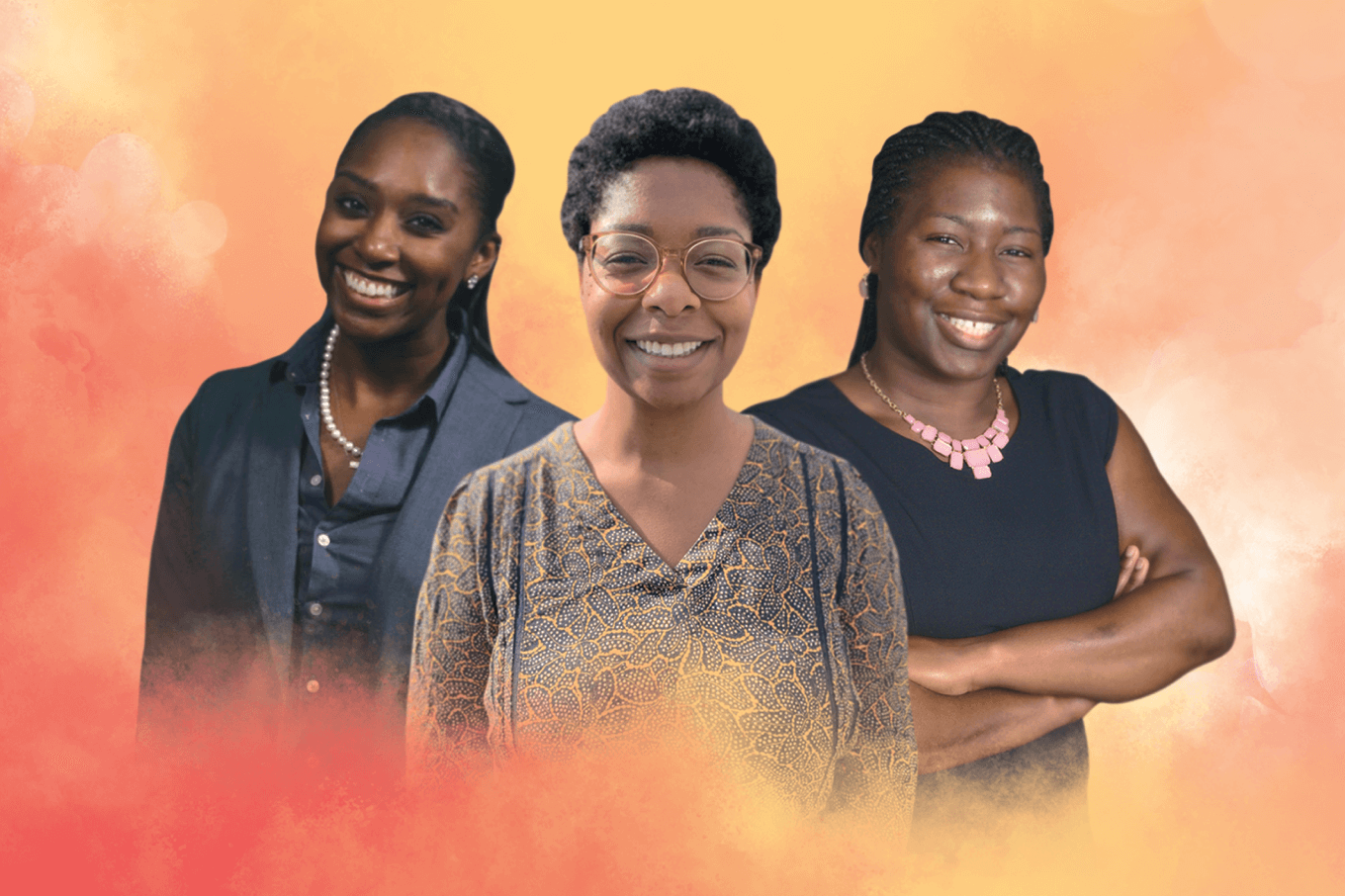
Zoë Ayres, a crucial mental health advocate in the analytical community, kindly submitted this opinion piece last July. Her focus: to discuss how lessons learned from the pandemic could help us improve the way we care for our physical and mental well being in the post-COVID world. As she says, mental health can be a tricky topic for us: “As analytical scientists, we feel we must be just that – analytical. It’s hard to analyze our own mental health and wellbeing or talk about the pressures we face.” And to quote her once more… “This needs to change.”
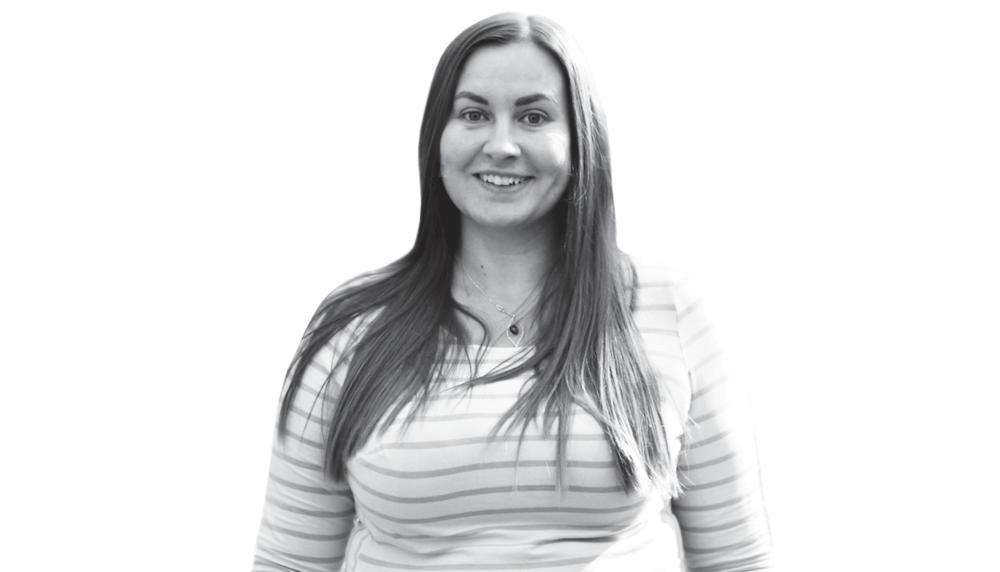
We broke our own rules to include this one from 2019, but it felt criminal not to shout about the first female chemistry professor at both the University of Oxford and the University of Cambridge. “I felt a lot of pressure because I thought maybe other women might not follow in my footsteps if I didn’t succeed,” she told us when asked about the roles. “I felt a huge responsibility to show that women can flourish in this field, and I would say that I have achieved that. Today, the ratio of male to female professors is more even, and it’s great to see so many women on the programs for key conferences and so on, but – of course – there is still some way to go.”
